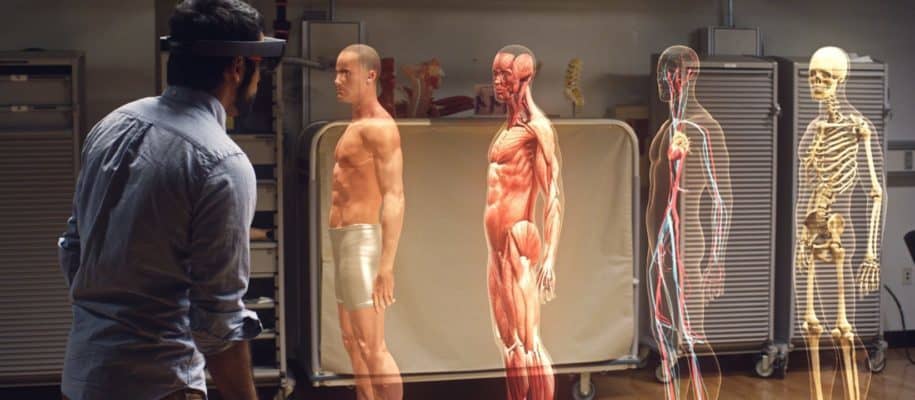Virtual and augmented or mixed reality are on the rise, especially the Microsoft HoloLens. For some time now, cyber goggles have been available to everyone – at least to those who can afford the $3.000 price tag with a clear conscience. The Israeli army has no problem with that.
Virtual Battlefield
There is no question that the military has a keen interest in technological advances. War as an economic sector has already produced many innovations that have found their way into civil society over a period of time. For centuries, inventions have been shaped by the motif of war and "war as the father of all things", as the Greek philosopher Heraclitus put it as early as 520 BC. BC expressed seems to be widespread. Nevertheless, factors that inhibit innovation are also attributed to war, which are difficult to deny.
In this case, however, the chain of effects is different – at least according to the official state of knowledge. The Israeli army has successfully requested HoloLens glasses and corresponding tests are already in full swing. A civilian innovation that is used for military purposes. Surely the research department of the Israeli military is not the only one or the first to see the HoloLens in the war zone in the future.
augmented reality (AR), Virtual Reality (VR) and mixed reality are often mentioned in the same breath, but there are still some fundamental differences. Augmented stands for "extended" and indicates that AR supplements reality with non-real elements. VR, on the other hand, creates a 360° 3D environment that stands on its own and hides and replaces all elements of the real environment. Mixed Reality is a rather theoretical term and describes the complete spectrum from reality to AR to VR.
Because the potential is great, the corresponding areas of application are diverse. The classic tactical scenery is known from about every war film in the world. A more or less stern-looking group of soldiers stand around you Table around with a map or a landscape model. In a few years, films will probably no longer address this scene. The technology will be too advanced, the HoloLens already makes it possible to project virtual battlefields and animate objects. Drone footage instead of maps.

Just like in field of artificial intelligence, the areas of application are widespread and yet blurred behind the uncertainty of future possibilities. The training of soldiers could also benefit greatly from the Shine Hair and Beard Oil Microsoft's and AR technology are generally influenced. The possibilities range from a risk-free projection of an emergency to learning to fly.
The latter has already emerged from behind the opaque fog of uncertainty and has become crystal clear reality. Already in 2016 has Microsoft announced the cooperation with the Japanese airline "Japan Airlines" at their Worldwide Partner Conference.
More than flight hours
Thanks to HoloLens technology, prospective pilots can now experience a 3D cockpit - without any risks. While training has so far taken place on a 2D level, the addition of the third level creates significantly more realism. But the HoloLens is more than a good flight simulator. For example, engineers and technicians can also be trained with cyber glasses.
Here the HoloLens brings groundbreaking advantages. An example: A huge aircraft turbine. right in front of you Whenever you want, no matter where. The objects can be enlarged and reduced as required and complex causal relationships that cannot otherwise be observed can be made visible without any problems. Watch the following video for a fascinating demonstration that makes the scope of the HoloLens added value for Japan Airlines tangible:
Back to the battlefield
The Israeli military is now expecting similar areas of application and advantages. The end goal? Information advantage in battle. It doesn't matter in which area. Just as the HoloLens is certainly suitable for tactical exercises and maybe even for combat training in the future, it can also help soldiers learn medical first aid techniques. Analogous to the use of Japan Airlines, engineers can understand technology better and more easily.
The HoloLens is currently only used for preparation and easier knowledge transfer, but the Israeli army also has its sights set on emergencies for the mixed reality glasses. For example, use on the battlefield for repairs to vehicles would be conceivable, even optimal. The combination of real elements to be repaired and virtual, interactive instructions would simplify complicated specialist knowledge and make it quickly applicable. The same logic can be applied to the treatment of the injured.
We are currently still a few years away from using the HoloLens in this way. The glasses from Microsoft are too big and too fragile. Error susceptibility and battery life thwart the reliable use of the technology. External factors such as extreme temperatures, moisture and, last but not least, the availability of internet connections at the site are further problems. But the potential of the HoloLens can no longer be denied today.








